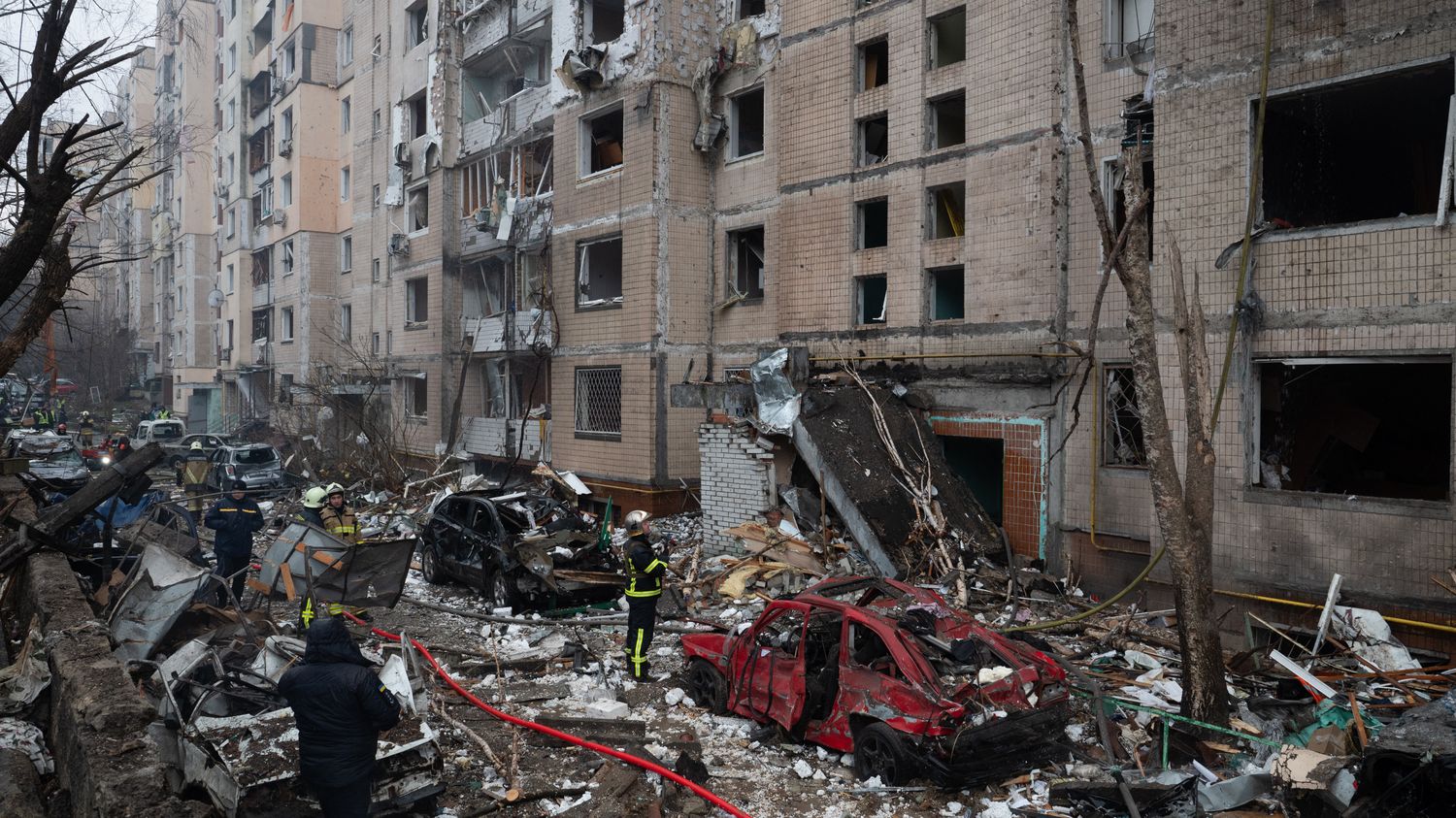Russia has developed a new strategy in its conflict with Ukraine. It sends salvos of drones to occupy mobile anti-aircraft defense units and showers of missiles of all types to test the scale of the Ukrainian system and weaken it.
Published
Reading time: 1 min

At least 250,000 people without power, buildings affected, deaths and injuries. The cities of kyiv and Kharkiv were notably targeted by Russian strikes of unprecedented violence on Tuesday January 2, and hit by almost a hundred missiles, including supersonic missiles. During these attacks, at least five civilians were killed and at least 100 people were injured.
The night had started like this, at two in the morning: anti-aircraft defense in action against drones, a configuration that had become almost usual. A few hours later, another alert, but this time, a different sound.
And the inhabitants of Kiev understood that like Friday, December 29, the city was once again targeted by this new bombing strategy on the part of Russia: salvos of drones to occupy the mobile anti-aircraft defense units, then a rain of missiles of all types, launched from everywhere, from the ground, the sea, the sky to test the scale of the Ukrainian system, forcing them to use a maximum of ammunition to intercept the missiles, and this for the second time in three days .
An unsustainable pace in the medium term for Ukraine
In short, a rapid exhaustion strategy. An untenable pace in the short or medium term for Ukraine, due to the foreseeable shortage linked to the blocking or slowing down of international aid, a loophole into which Russia is falling.
All the more worrying since only the city of kyiv is well protected, thanks to a diversified anti-aircraft defense to face different types of threat. Which is very far from being the case in the rest of the country.
